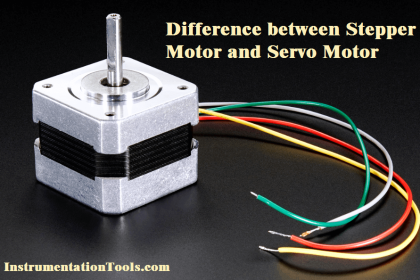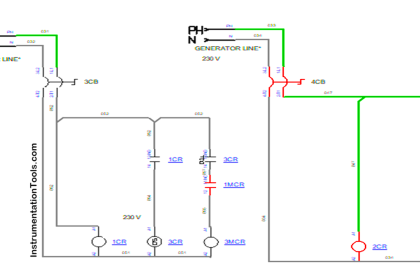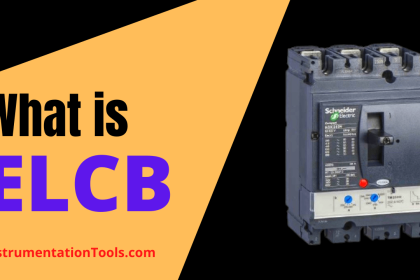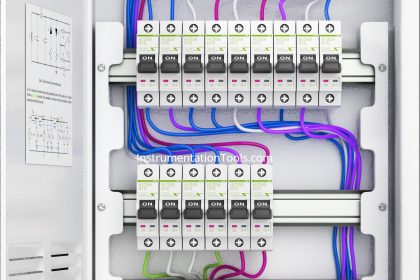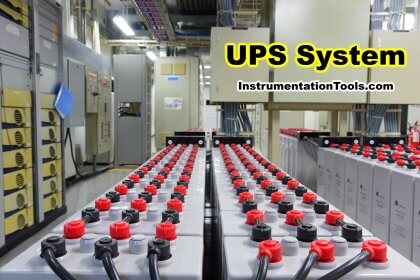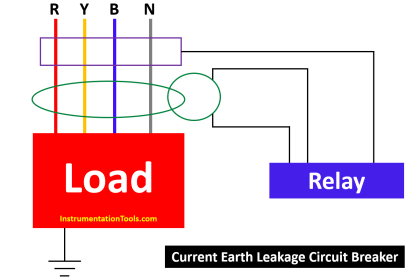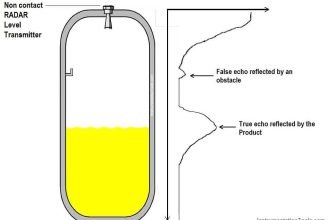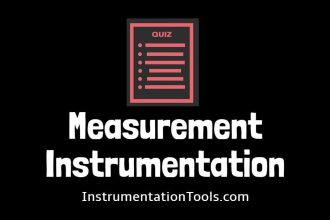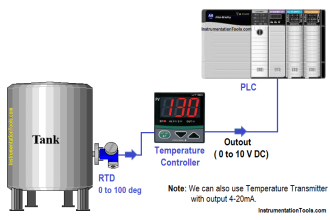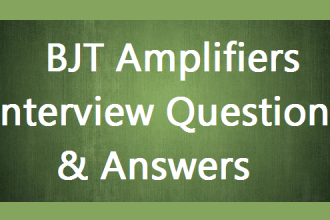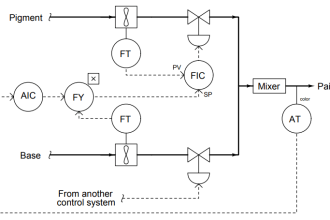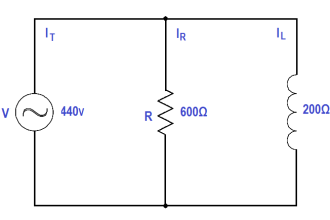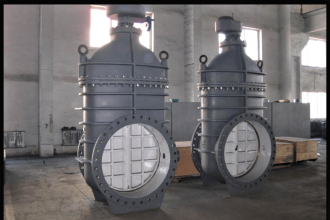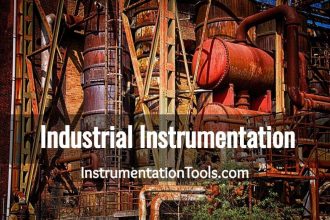In this post, we will see the difference between single-phase and three-phase power supply.
Most of us are familiar with AC (Alternating current) power supply. It is used in our day-to-day life for getting electricity.
AC supply means current changes, in both the terms of magnitude and phase direction. It means that it is not always positive; and switches between positive and negative output. It is in total contrast with DC (Direct current) power supply system where the phase does not change and the output is always positive.
In AC power supply, there are two types of systems used – single-phase and three-phase.
Earlier, there used to be the third one too – a dual-phase power supply. But, it has become obsolete now and is not used anymore.
Our normal life revolves around these two power supply systems. In this post, we will understand what are they and what is the difference between them.
Single-Phase Power Supply
This system consists only of two wires – line (phase) and neutral. It must be noted that an AC current flows in phase theory (distribution of load).
Basically, let us consider a sinusoidal wave.
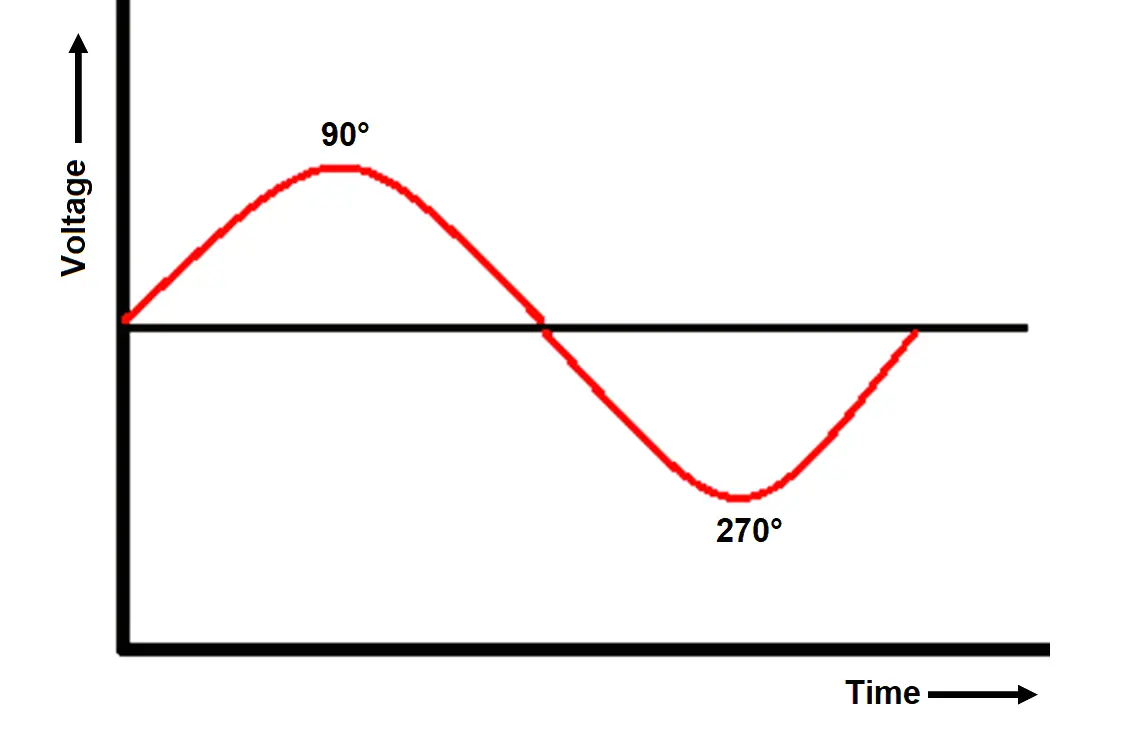
Refer to the above image. As shown, the wave peaks in the positive form at 90 deg. and peaks in the negative form at 270 deg.
The voltage supplied between phase and neutral is 230V. It is found that due to a single waveform and positive cycle is not the whole duration (presence of negative cycle in every interval), constant power is not supplied to the load. This shows that a single-phase system will supply less output power.
Three-Phase Power Supply
This system consists of four wires – 3 wires of the line (phase) and neutral.
Refer to the below image. As shown, the wave peaks in the positive form at every angle. Let us understand it more properly. In the first stage, phase 1 leads in a positive form while the other two are in the negative phase (120 deg. apart from each other).
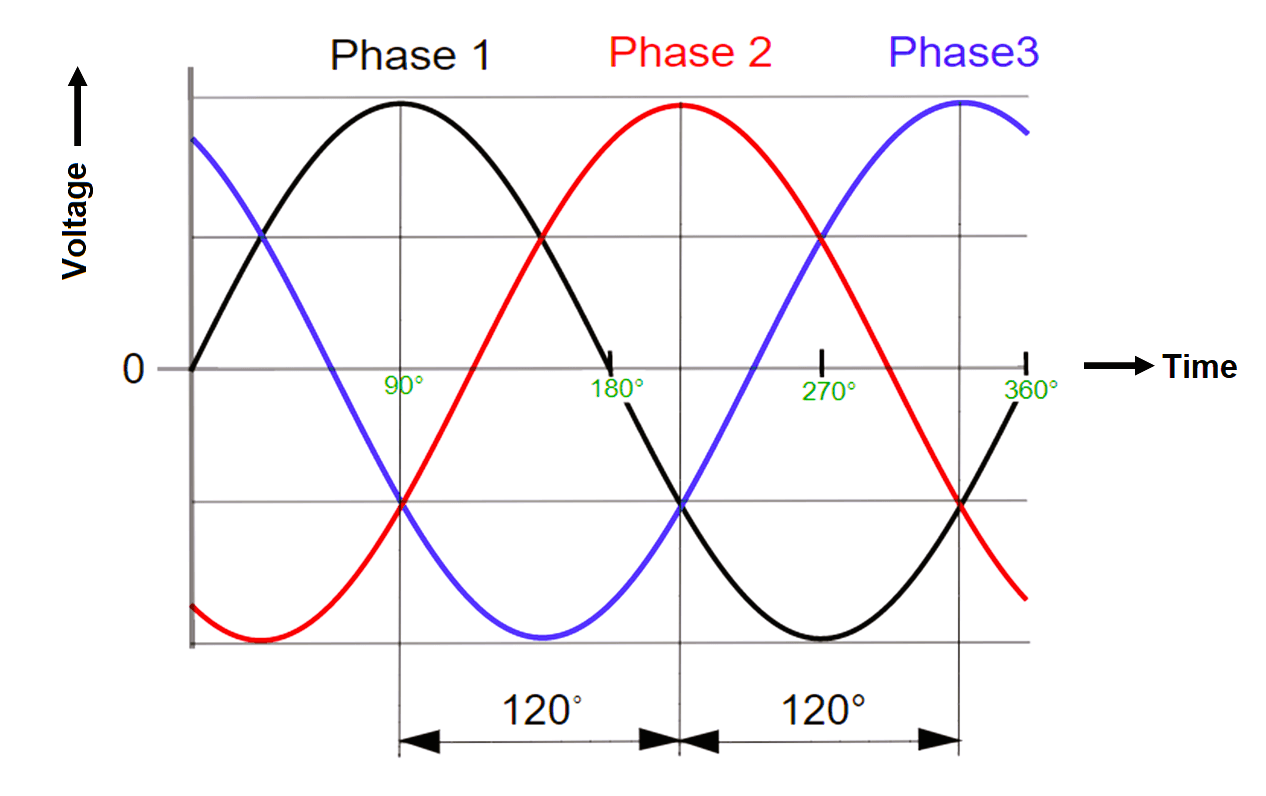
At the second stage, phase 2 leads in a positive form while the other two are in a negative phase.
At the third stage, phase 3 leads in a positive form while the other two are in a negative phase. This is a very good result as compared to single-phase supply; where a leading-edge comes after a long interval.
The voltage supplied between phase and neutral is 230V and the voltage between two phases is 440V. It is found that due to a good amount of positive edges in regular intervals, constant power is supplied to the load. This shows that a three-phase system will supply more output power.
Single Phase versus Three Phase Power
Due to low power output from single-phase supply, it is more used for domestic purposes like residential homes and offices. A normal power socket that you use at home for charging your mobile or turning on your TV is a 230V supply.
Due to the high output from the three-phase supply, it is more used in industrial applications and other heavy-duty processes which draw a large amount of current for driving their loads. It is to be noted that raw power from distribution grids is a three-phase supply; it is distributed to your homes for single-phase use through normal distribution boards.
The design, handling, and maintenance of a single-phase power supply are easier as compared to a three-phase supply.
The torque handling capacity and current carrying capacity are larger in a three-phase supply system than in a single-phase supply system.
The efficiency of a three-phase system is higher than a single-phase system.
Single-phase supply is ideal for small loads like lighting, heating, cooling, fan system, etc., whereas a three-phase supply is ideal for larger loads like heavy motors.
The neutral wire is compulsory in single-phase supply; otherwise, it cannot function. But, the neutral wire is optional in three-phase supplies. It can be found that the delta connection has no neutral wire, but a star connection may or may not have a neutral wire.
A big lagging in single-phase supply is that if the phase wire fails, then the system will break down. But, in a three-phase supply, even if one phase fails, the remaining two can be used to supply power.
If you liked this article, then please subscribe to our YouTube Channel for Electrical, Electronics, Instrumentation, PLC, and SCADA video tutorials.
You can also follow us on Facebook and Twitter to receive daily updates.
Read Next:
- What is a VFD?
- UPS Working Principle
- Stop Switch Spurious Trip
- Motor Control Timer Circuit
- Compare Alternator & Generator
